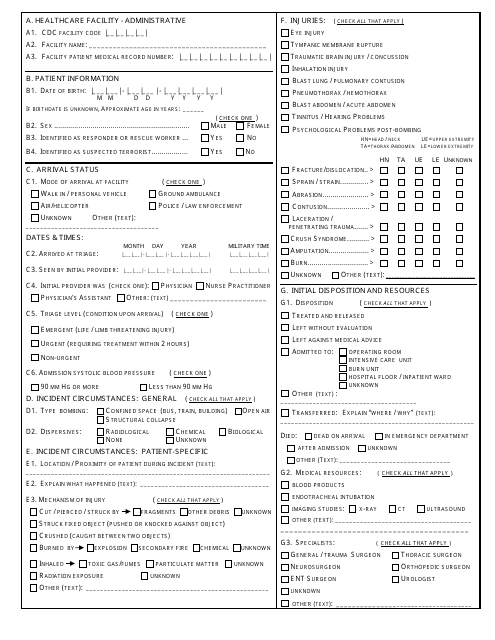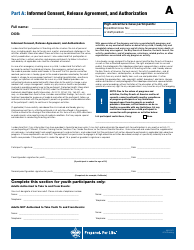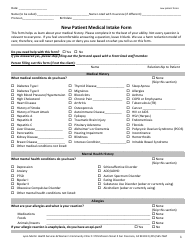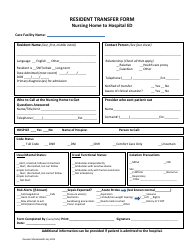Ed Medical Record Abstraction Form for Domestic Bombing Events
The Ed Medical Record Abstraction Form for Domestic Bombing Events is a document used to record and gather relevant medical information of individuals who have been affected by bombings that occur within the United States. The form helps in documenting the injury details, patient demographics, and other essential information that can be useful for tracking and analyzing the impact of such events on public health.
The Ed Medical Record Abstraction Form for Domestic Bombing Events is typically filed by healthcare providers or medical personnel who treat the victims of such incidents.
FAQ
Q: What is an Ed Medical Record Abstraction form?
A: An Ed Medical Record Abstraction form is a document used to gather and record important medical information related to a patient's visit to the emergency department.
Q: What are Domestic Bombing Events?
A: Domestic Bombing Events refer to incidents where explosives are intentionally detonated within the borders of a country, causing harm to individuals and property.
Q: Why is there a need for an Ed Medical Record Abstraction form for domestic bombing events?
A: The Ed Medical Record Abstraction form for domestic bombing events is designed to collect specific information about injuries, treatments, and outcomes related to these incidents. This data helps in understanding the impact of such events and developing appropriate response strategies.
Q: What information is typically captured in an Ed Medical Record Abstraction form for domestic bombing events?
A: The form typically captures details such as patient demographics, injury characteristics, treatment received, diagnostic tests performed, and outcomes.
Q: Who uses the Ed Medical Record Abstraction form for domestic bombing events?
A: This form is used by healthcare professionals, researchers, and public health agencies involved in analyzing and responding to domestic bombing incidents.
Q: Is the Ed Medical Record Abstraction form mandatory for all emergency departments?
A: No, the use of this form is not mandatory for all emergency departments. However, it is recommended to ensure standardized data collection and facilitate collaboration between different healthcare providers and agencies.








